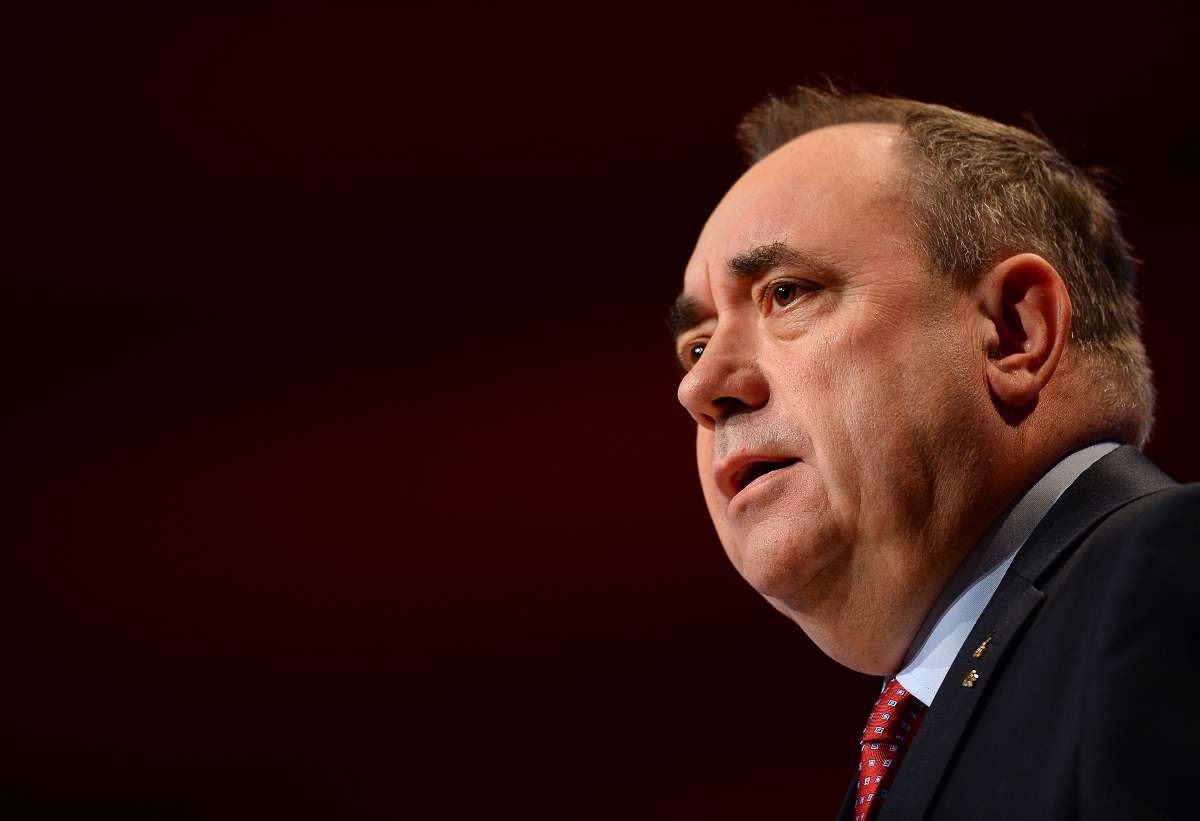
THE SNP have called for a consideration of “political or legal consequences” for those responsible for the Iraq war.
In a statement released after the Chilcot Report was published, the party’s foreign affairs spokesperson Alex Salmond said that Tony Blair had ‘blundered’ the UK into a war.
Here is the statement in full:
“The publication of the Report of the Iraq Inquiry by Sir John Chilcot today is welcome but long overdue.
The report’s forensic examination of thousands of pages of evidence and its firm conclusions are excoriating of a Prime Minister who, contrary to his denials, gave a pre-determined commitment to President Bush on 28 July 2002 to join US military action in Iraq. We now know that long before Parliament formally voted on whether or not to go to war in Iraq, Tony Blair had told George Bush – “I will be with you whatever”.
The subsequent actions of the then Prime Minister blundered the country into a war that has caused the deaths of 179 UK armed forces personnel, and almost 200,000 Iraqi civilians, and led the world into the present nightmare instability in the Middle East. It is shameful that the Chilcot Report found the UK’s actions undermined the authority of the UN Security Council, and the Prime Minister’s lack of commitment to collective decision-making and his determination to stand with the US before diplomatic options had been exhausted, led the country prematurely to war. It is now clear from the report that military action was not the last resort as Blair stood in Parliament on 18 March 2003 to ask MPs to support his case for war.
And when the Iraqi regime headed by Saddam Hussein was toppled, Chilcot has found that it was Tony Blair who increased the risk of the UK failing to react to the unexpected in Iraq, and damaged the likelihood of achieving strategic objectives. There was no plan for the reconstruction of Iraq and for the provision of services to the Iraqi people, and there was no plan to deal with the violence that we saw explode in the months following the invasion.
In the days, weeks and months ahead, the intimate detail of this report will only implicate further a former Prime Minister who recklessly committed the country to war without collective judgement, and personally failed to ensure there was a plan for delivering a future for the people of Iraq.
After such carnage, people will ask inevitable questions of was conflict inevitable and worthwhile? The answer from Chilcot is undoubtedly no. And who is responsible? The answer is undoubtedly Tony Blair. There must now be a consideration of what political or legal consequences are appropriate for those responsible.”
READ MORE
Chilcot Report Reaction: How Tony Blair responded
Letters to George Bush from Tony Blair pledged support for Iraq action ‘whatever’
Chilcot Report: Blair rushed ill-prepared troops to war with no imminent threat

Enjoy the convenience of having The Sunday Post delivered as a digital ePaper straight to your smartphone, tablet or computer.
Subscribe for only £5.49 a month and enjoy all the benefits of the printed paper as a digital replica.
Subscribe